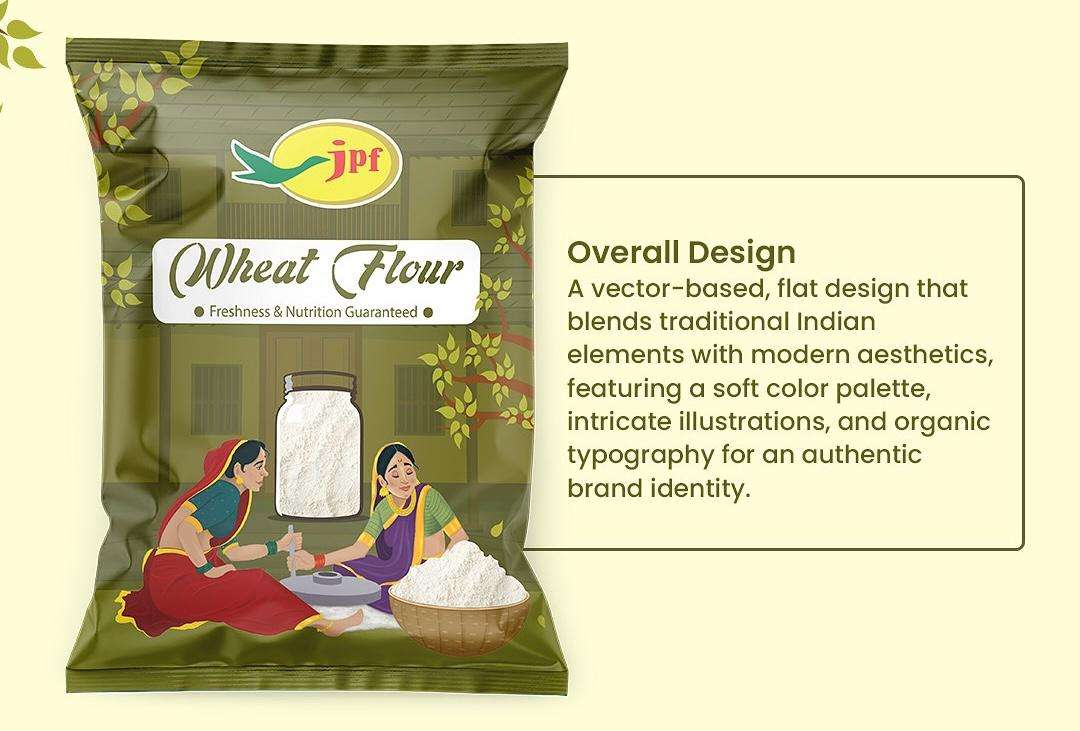Case Study: Acasia Fertilizers by a Branding Agency in Pune
Acasia, a company specializing in high-quality water-soluble fertilizers for global markets, recently teamed up with a branding agency in Pune to develop its product identity, packaging, and market strategy. The agency’s mission went beyond just creating a logo; they aimed to weave meaning into every visual element—like the layers of soil, the flow of water, and the leaf shape in the letter “A”—all designed to convey themes of growth, purity, and the cycles of nature.
In this case study, we take a closer look at how the Pune agency tackled:
Research and Market Analysis
- Research into international agricultural markets (comparing organic and conventional methods), local regulations, and import/export labeling, along with selecting packaging materials that work well in various climates.
Visual Identity Development
- The development of a visual identity that strikes a balance between modern minimalism and natural elements (color schemes, imagery, and textures) that resonate on a global scale.
Structural Packaging Design

- Structural packaging choices that ensure the fertilizers are protected from moisture, easy to handle, and clearly display essential product information, including regulatory icons and safety details.
User Feedback and Iterations
- Iterations based on user feedback, including mockups, shelf visibility tests, and comparisons between digital and physical proofs.
Conclusion
This collaboration underscores the idea that effective packaging is about more than just a pretty logo; it’s the result of thoughtful design choices that only a skilled branding agency in Pune (or a similar one) can provide.
When it comes to product design, Acasia’s packaging truly stands out
Here are some key highlights:
Integrated symbolism
The flowing water, layered soil, and the leaf shaped like an “A” aren’t just pretty visuals; they convey important messages about function (like water solubility), ecology, and freshness.
Color scheme
The use of greens, blues, and earthy tones taps into universal associations with nature, fertility, trust, and cleanliness.
Minimalist illustrations
Minimalist illustrations of fruits and vegetables on the packaging serve a purpose beyond aesthetics—they clearly indicate which crops the fertilizer supports, making it easy for farmers to see the relevance right away.
Functional design
Thoughtful features like easy opening, resealability, moisture protection, and durability during transit are all taken into account.
Conclusion
These design elements aren’t just fluff; they play a crucial role in influencing costs, shelf appeal, user trust, and ultimately, sales. A skilled packaging design agency or design studio in Pune knows how to strike the perfect balance between beauty and functionality.
Product Packaging Design: Bridging Brand & Consumer

Great packaging design is all about connecting the brand’s message with what consumers expect. With Acasia, we focus on:
Clear information
Farmers and distributors need to see ingredient lists, usage instructions, safety labels, country of origin, and shelf life. It’s crucial that this information is presented clearly without being overwhelming.
Building brand trust
Acasia fosters trust through consistent branding, premium finishes, and high-quality printing. Farmers often make purchases based on reputation, and packaging is one of the first things they notice.
Emotional connection
Natural imagery like leaves and soil brings to mind growth, earthiness, and sustainability, making consumers feel like they’re choosing something truly wholesome.
Conclusion
A design agency in Pune that understands not just the aesthetics of design but also cultural nuances and consumer behavior can create packaging that doesn’t just sit on shelves—it truly resonates with users.
Consumer Psychology & Packaging: Branding Agency In Pune
Grasping the ins and outs of consumer psychology is essential. Research indicates that packaging plays a significant role in shaping buying choices through elements like color, imagery, perceived quality, and that all-important “premium” feel.
Here are some specific psychological triggers that Acasia’s packaging taps into, with guidance from the branding agency in Pune:
Color psychology
Blues evoke feelings of water and purity; greens symbolize growth and environmental consciousness; earthy browns and neutrals connect to soil and naturalness. These color choices can greatly influence perceived value and trust.
Visual hierarchy and clarity
The key information (like water solubility, crop types, and net weight) is designed to be easily seen at a glance, which helps reduce cognitive load.
Sensation transference
The texture and finish of the packaging (think matte versus gloss, or embossing) can impact how consumers perceive the quality of the product. When the packaging feels high-end, the product is often viewed as high-end too. Partners + Hunt Creative Support+1
Cultural relevance and trust cues
For products meant for international markets, packaging design needs to align with regulatory symbols, safety icons, and possibly even multilingual text. Consumers are more likely to trust products that appear “legitimate.”
Conclusion
So, partnering with a packaging design agency (or design studios in Pune) that thoroughly researches and implements these psychological insights can lead to packaging that truly stands out and performs well.
Why You Should Consider a Branding Agency in Pune for Your Packaging Design

When companies like Acasia opt for a branding agency in Pune, they enjoy several key benefits:
Local expertise with a global outlook
Pune is home to numerous design studios and agencies that have international experience. They grasp global standards and export requirements, seamlessly blending them with local sensibilities.
Access to talented creatives
From illustrators to structural designers and print-production specialists, agencies in Pune have the skills to prototype, source materials, and test printing options.
Enhanced cost-efficiency
Working with local agencies cuts down on logistics costs. Plus, getting feedback is quicker, and revisions are more affordable.
Comprehensive services
Many agencies in Pune offer both branding and packaging design, ensuring that your identity, packaging, and web UI/UX are all in sync. This consistency helps maintain a coherent brand image.
Conclusion
Choosing a branding agency in Pune instead of handling packaging design in-house or relying on generic remote services can make all the difference. It transforms your packaging from ordinary to standout, effectively selling your product and strengthening your brand.
Conclusion: Packaging with a Branding Agency In Pune
Acasia’s story highlights that packaging is so much more than just a cover—it’s a strategic asset that conveys quality, builds trust, sways decisions, connects with consumers on an emotional level, and prepares brands for the global market.
Collaborating with a packaging design agency
Particularly one in Pune that has a solid track record in design studios, guarantees that every design element—from the logo to the materials, from the colors to the layout of information—is intentional, optimized, and in tune with market demands.
Partnering with the right agency
When you partner with a branding agency in Pune that skillfully blends strategy and creativity, your packaging evolves into something that builds a legacy: it becomes memorable, trustworthy, and effective.
Acasia’s collaboration
This illustrates how packaging can shift from mere protection to a compelling brand narrative on the shelf—and beyond.

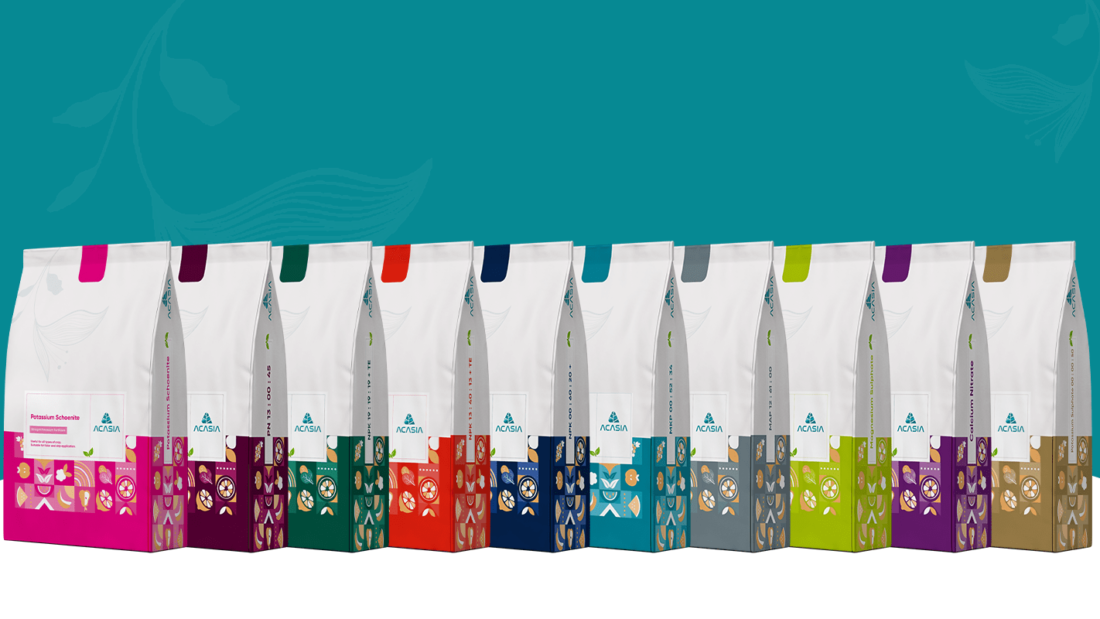




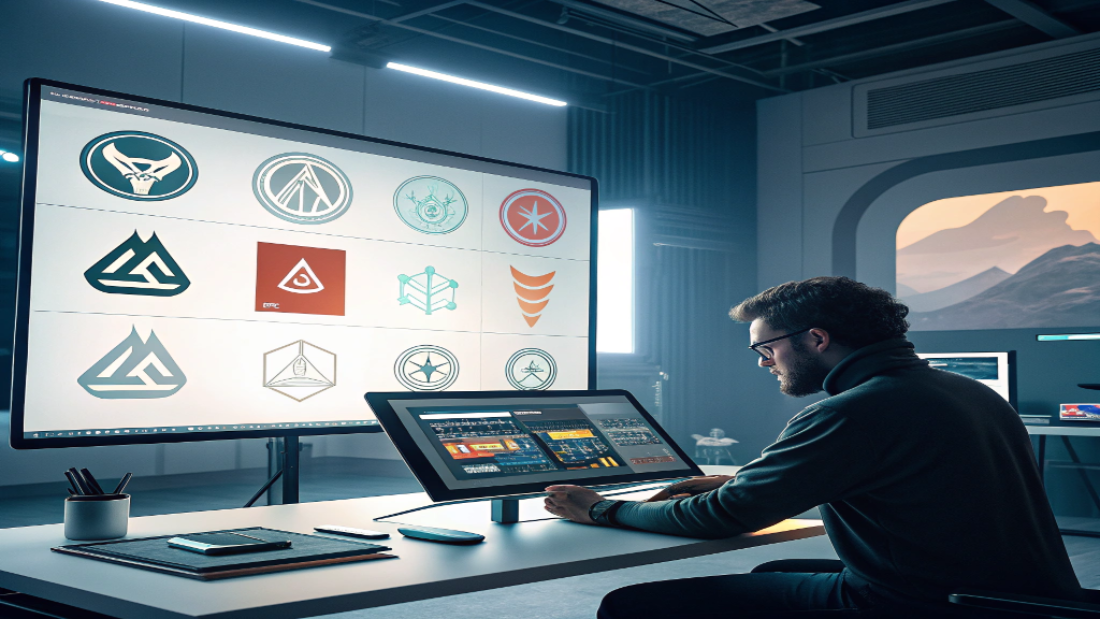

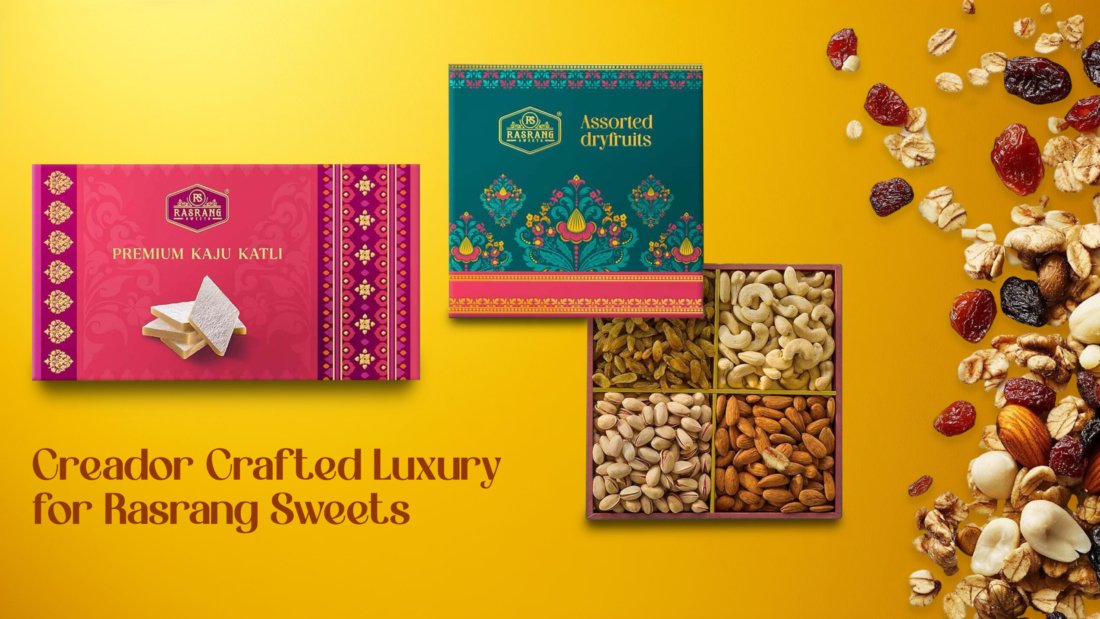


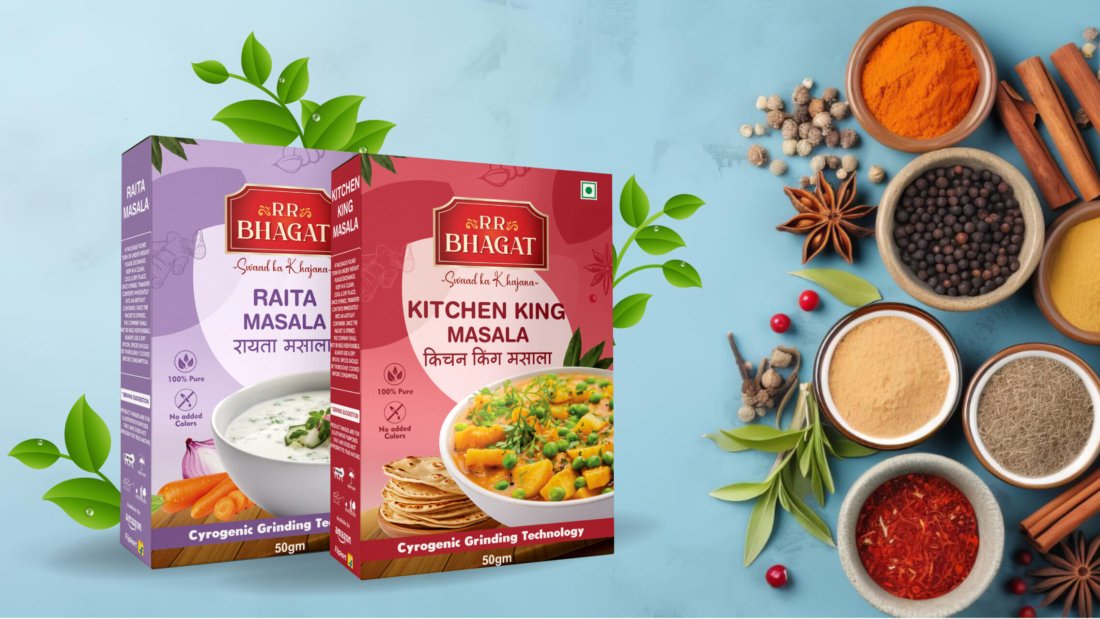



 Cultural and regional understanding.
Cultural and regional understanding.



















